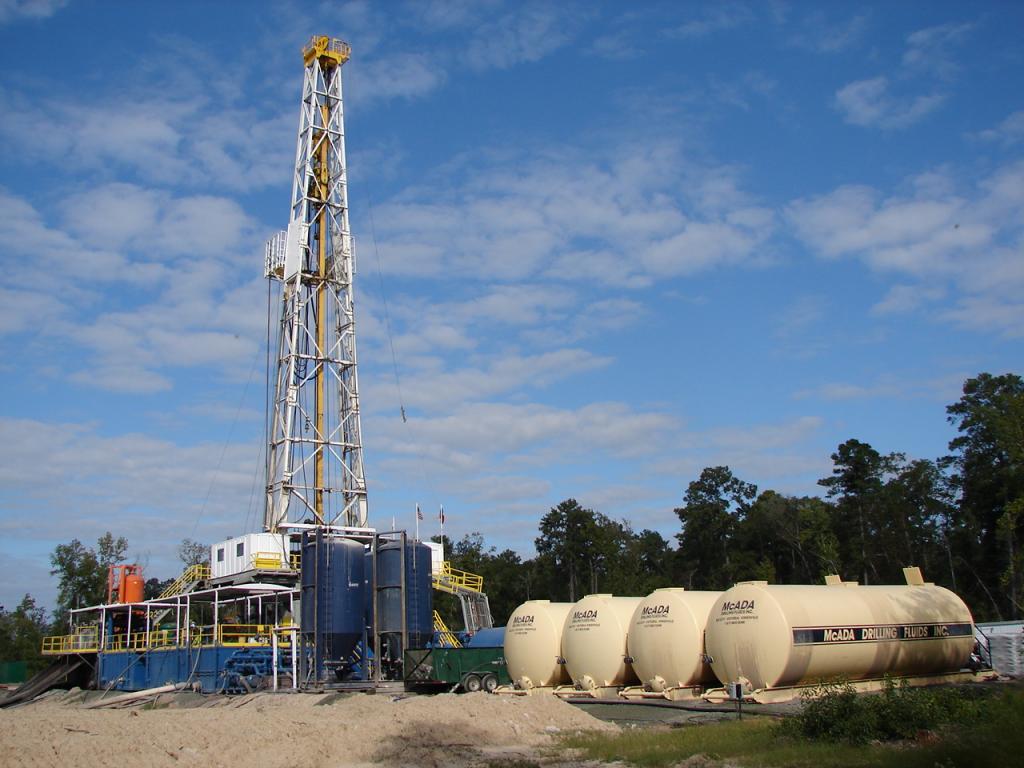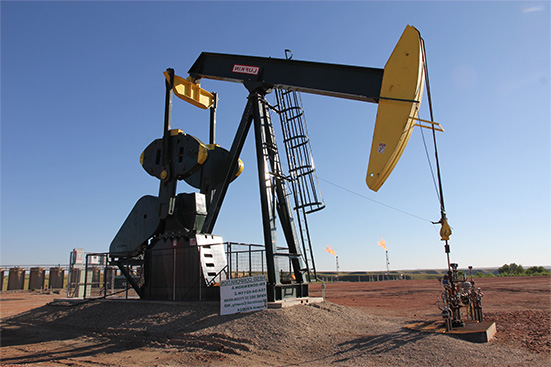
From asphalt to plastics to fuel, oil is the king of commodities that is used in many different ways. As an economic powerhouse, the oil and gas industry and the movement of its prices are being closely watched both by traders and investors. Everything is reflected in the price of oil – from production up to consumption.
A lot of factors affect oil price, but today, let us cover how this precious commodity is impacted by one of the most basic theories in economics: supply and demand. The law states that if the supply goes up, prices will go down, and vice versa. So, what affects crude oil’s supply and demand?
Supply and Demand
Individually, all consumers have limited power to influence the price of oil. However, collectively, we have plenty. On the production side, it gets trickier.
The United States is currently the biggest producer of oil in the world, outpacing Saudi Arabia, which is often thought of as the world’s biggest oil producer. This is mostly due to fracking done in North Dakota and Texas.
America produces about 18 million barrels of oil on a daily basis since the year 2020. Saudi Arabia comes second, producing 11 million, followed by Russia, with 10.5 million barrels of oil output in a day.
contact dw energy
Want to learn more about oil & gas investing? Our expert team can provide you with more information or schedule a consultation to talk about diversifying your investment portfolio.

Reserves and Capacity
Know that there is a distinction between oil reserves and oil production. Oil reserves aren’t available to consumers yet – it has not been turned into supply. America’s proven reserves – oil that is reasonably expected from a given formation – are less than its capacity. As of 2020, the United States has about 68 billion barrels in reserve.
Determining the number of probable reserves, oil reserves that are proven reserves, and possible reserves will help identify the capability of future supply to meet demand, as well as where the supply in the future will come from.
Sourcing, Refining, and Distribution
All things being equal, the law of supply and demand states that if there is a bigger supply than the consumer demand, the price of the good will decrease. However, if there is a scarcity of a specific good but many people want it, the price of the good will increase. People are willing to demand less and supply more as the price increases, and vice versa when the price decreases. For instance: with demand staying static, if there is an invention that could double the output of an oil well for a small cost, prices should be expected to fall.
There is one issue – the production is high, but refinement and distribution aren’t. There is a lack of refineries in America, so although there is a huge oil supply, there is a limited ability to refine it, hence, affecting the supply that is available to consumers.
The oil and gas industry is a multifaceted one, with a lot of players and components. As with any free market, the law of supply and demand comes into play, but each one – like the supply and demand of crude oil – is affected by the factors that make up the industry, like oil reserves, refining capability, and foreign affairs.
Contact dw energy
Sources:
“Oil and petroleum products explained – Where our oil comes from,” EIA, https://www.eia.gov/energyexplained/oil-and-petroleum-products/where-our-oil-comes-from.php
“What countries are the top producers and consumers of oil?” EIA, https://www.eia.gov/tools/faqs/faq.php?id=709&t=6
“Statistical Review of World Energy,” https://www.bp.com/content/dam/bp/business-sites/en/global/corporate/pdfs/energy-economics/statistical-review/bp-stats-review-2021-full-report.pdf
“When was the last refinery built in the United States?” EIA, https://www.eia.gov/tools/faqs/faq.php?id=29&t=6
